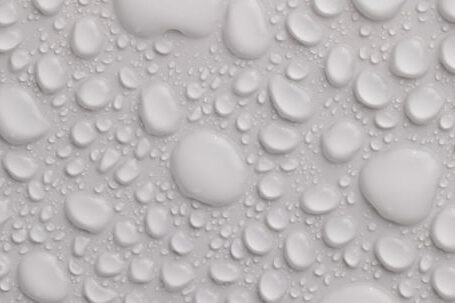When it comes to home renovations, one project that often gets overlooked is replacing bathroom plumbing. This essential task ensures that your bathroom functions properly and can prevent costly water damage. While the thought of replacing bathroom plumbing may seem daunting, understanding what to expect can help ease the process. In this article, we will outline the key steps involved in replacing bathroom plumbing and provide you with some helpful tips along the way.
Assessing the Situation
Before you begin, it’s important to assess the current state of your bathroom plumbing. Look for signs of leaks, corrosion, or any other damage. This will help you determine the extent of the replacement that needs to be done and whether you can tackle the project yourself or if you’ll need to hire a professional plumber.
Gathering the Necessary Tools and Materials
Once you have assessed the situation, it’s time to gather the necessary tools and materials for the job. This may include wrenches, pipe cutters, plumber’s tape, PVC pipes, and fittings. Make sure you have everything you need before you start to avoid any unnecessary trips to the hardware store.
Shutting Off the Water Supply
Before you begin removing any plumbing fixtures, it’s crucial to shut off the water supply to your bathroom. Locate the main water shut-off valve and turn it clockwise until it is fully closed. This will prevent any water from flowing through the pipes while you work.
Removing Old Plumbing Fixtures
With the water supply turned off, you can now start removing the old plumbing fixtures. This may include the toilet, sink, bathtub, and shower. Use the appropriate tools to disconnect the fixtures from the plumbing pipes. Be sure to have a bucket or towels handy to catch any water that may still be in the pipes.
Replacing Pipes and Fittings
Once the old fixtures have been removed, it’s time to replace the pipes and fittings. Start by measuring and cutting the new pipes to the appropriate lengths. Use plumber’s tape to ensure a watertight seal when connecting the pipes and fittings. Take your time and double-check all connections to avoid any potential leaks.
Installing New Plumbing Fixtures
With the pipes and fittings in place, it’s time to install the new plumbing fixtures. Follow the manufacturer’s instructions for each fixture to ensure proper installation. This may include securing the toilet to the floor, attaching the sink to the countertop, and connecting the bathtub and shower.
Testing and Inspecting
Once all the new plumbing fixtures are installed, it’s important to test and inspect the system. Turn on the water supply and check for any leaks or abnormalities. Run water through each fixture to ensure proper function. If you notice any issues, address them immediately to prevent further damage.
Final Thoughts
Replacing bathroom plumbing may seem like a daunting task, but with the right knowledge and preparation, it can be a manageable project. Assess the situation, gather the necessary tools and materials, shut off the water supply, remove old fixtures, replace pipes and fittings, install new fixtures, and finally, test and inspect the system. By following these steps, you can ensure that your bathroom plumbing is in proper working order and avoid any potential headaches down the road.



